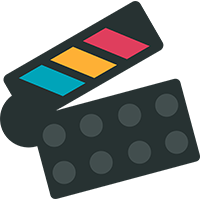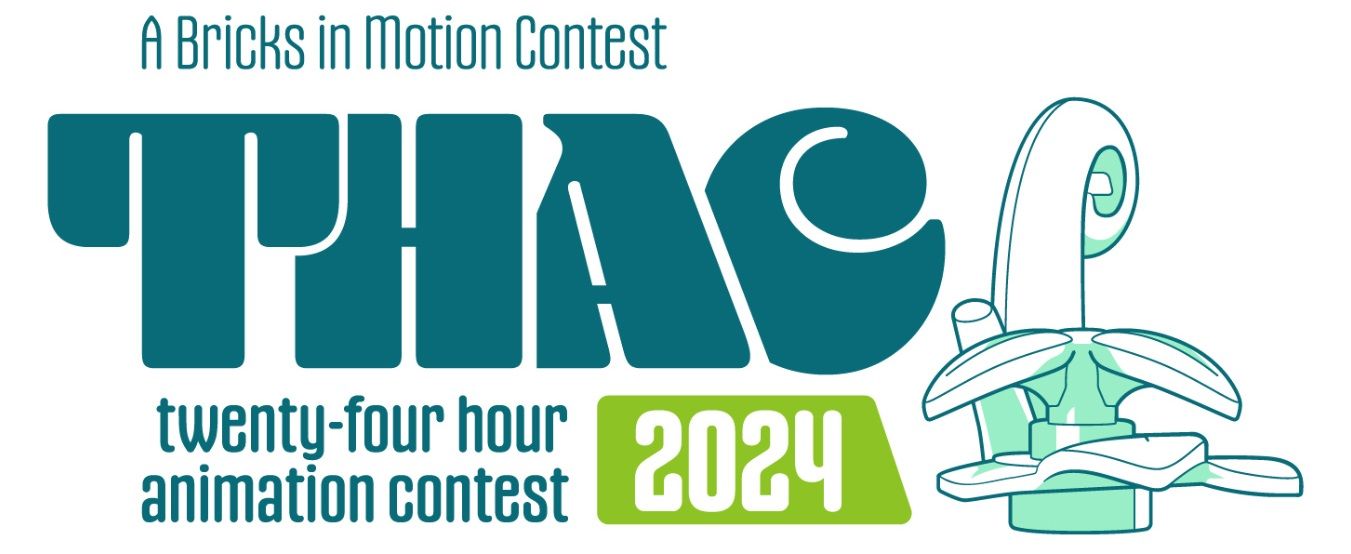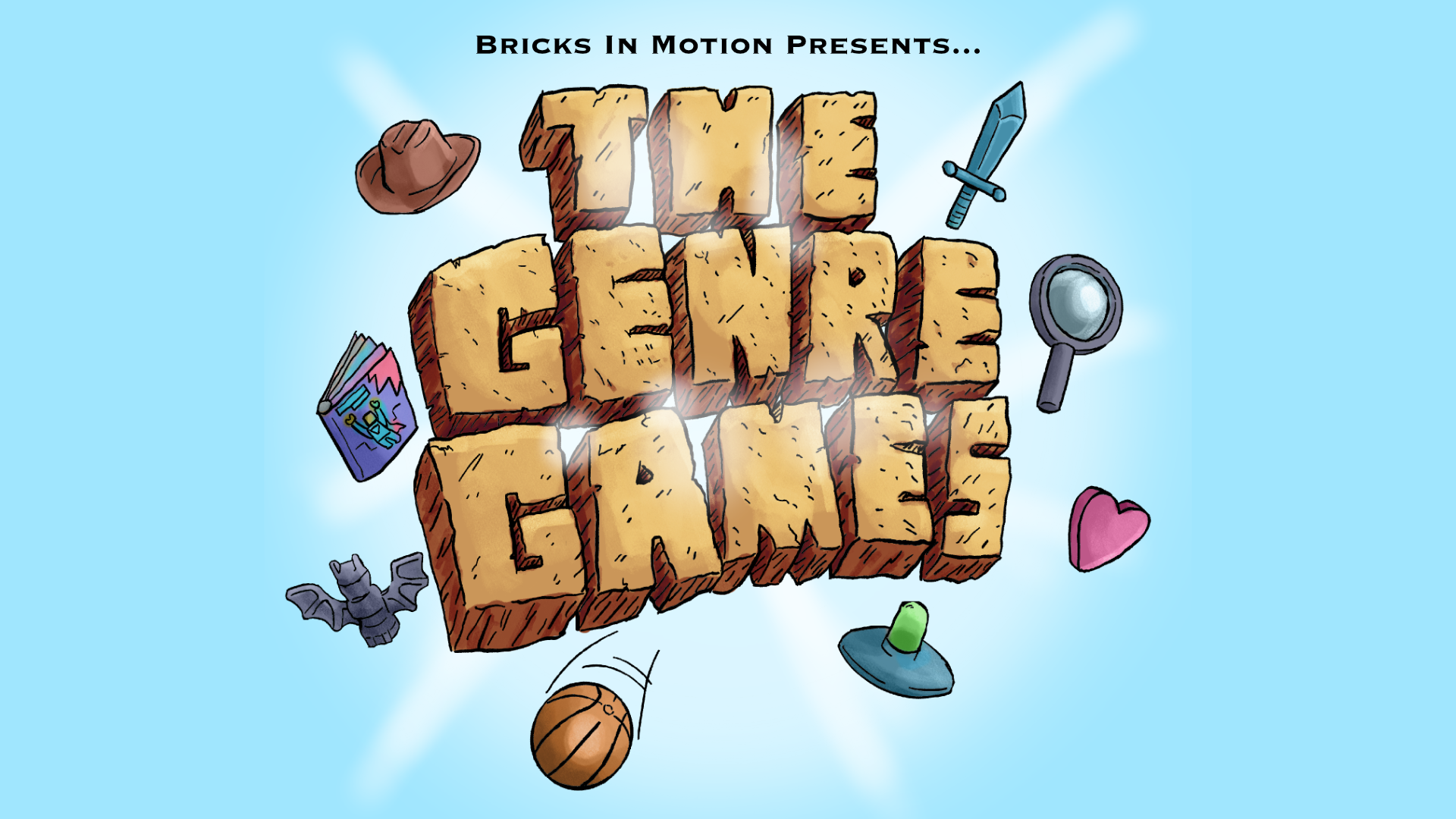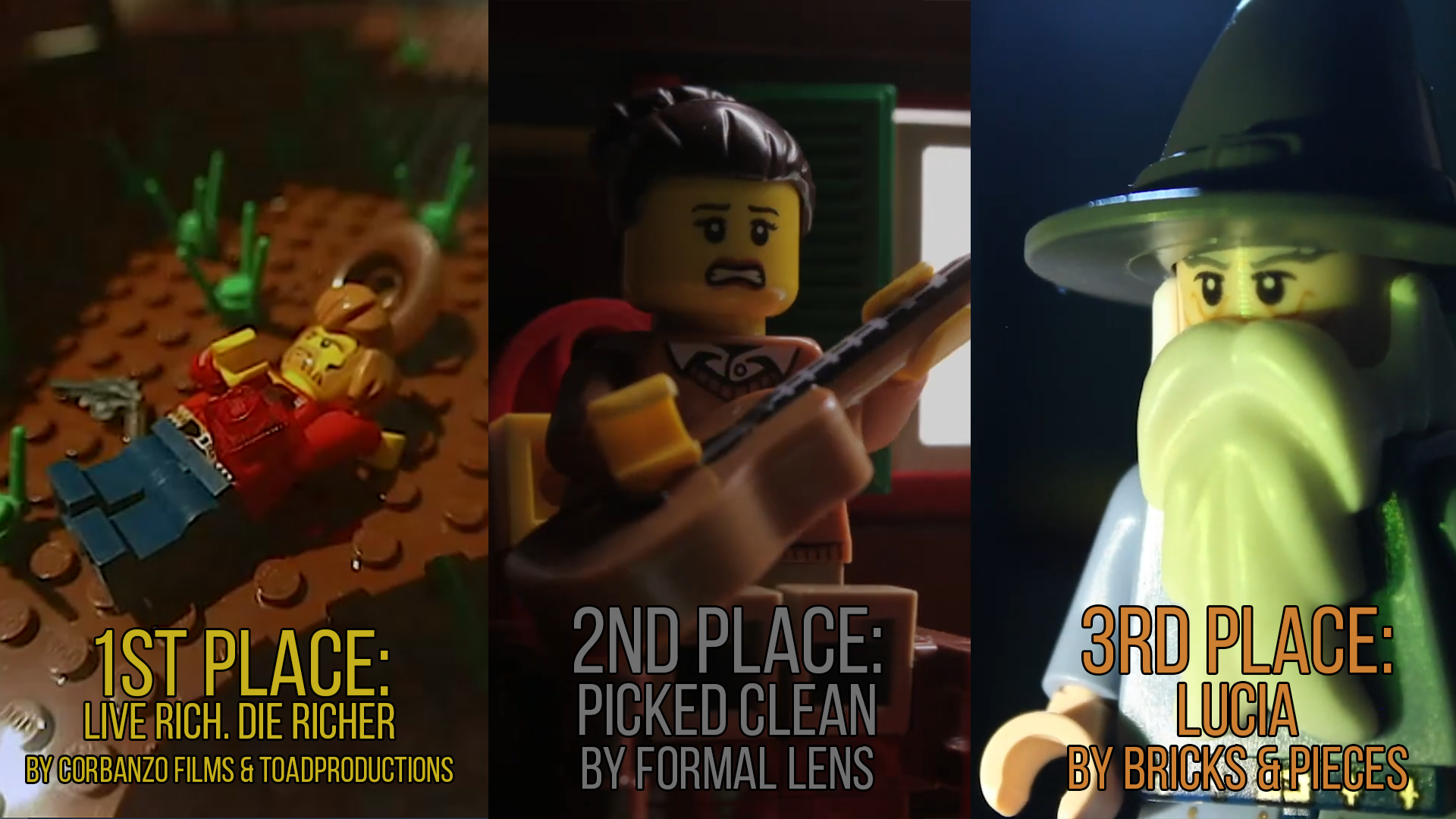The ones and twos thing comes from classical hand-drawn animation, when the drawings had to be photographed onto a film reel. Most of these cameras were 24 fps, but doing hand-drawn animation at 24 fps was too much work and too costly. So they took each frame twice, making it 12 fps . However, some fast movements look too choppy at 12 fps, so 24 fps was used for those kinds of movements.
But now, with digital frame capturing, we can set any fps we want. I don't know about everyone else, but I found that 15 fps is a good framerate to use because it produces smooth animation for all speeds of movement. Even though 24 fps is smoother, it would take a ton of frames. So 15 fps is a nice medium because it produces smooth animation without having to take a tremendous amount of frames.
Not literally dead, just no longer interested in Lego or animation.









